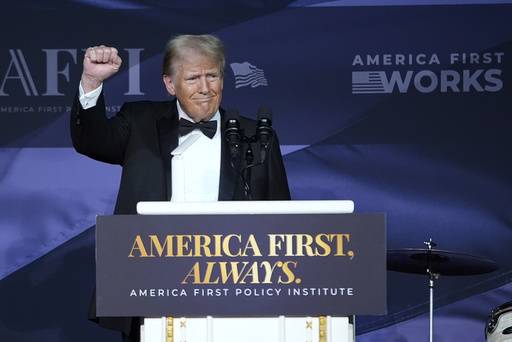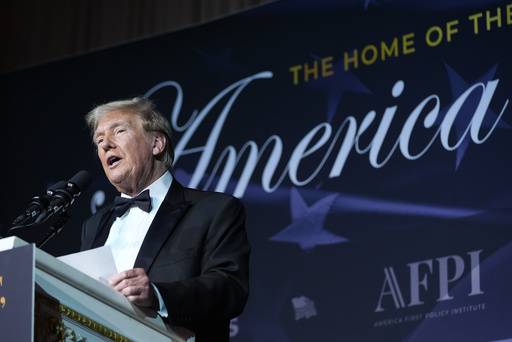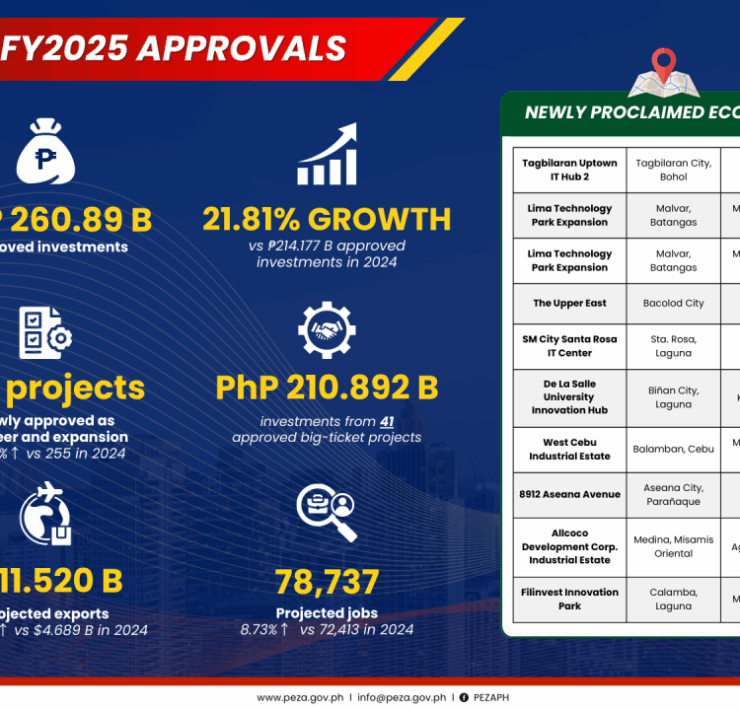Buckle up, as Trump ‘fixes’ America

Trump will fix it” ran the campaign slogan that catapulted Donald Trump back into the White House and enabled the Republicans to take control of the Senate and the House of Representatives. How Trump goes about “fixing” an ostensibly “broken” America will matter to the United States (US), the wider world and, of course, to investors.
One thing is certain: Trump, getting a second shot at implementing his “America first” agenda, is better prepared this time, with a team ready to hit the ground running. Being a second-time president, he has only four years to deliver. For investors, his pro-growth “America first” plan intuitively implies stocks outperforming bonds and US assets and the dollar outperforming nondollar assets, but the path is unlikely to be smooth and the conclusion is not a given.
There is a reasonable chance that, by giving a shock to the global economic, financial and geopolitical systems, the “America first” plan could catalyze far-reaching changes in Europe and China. Thus, instead of being a “beggar-thy-neighbor” policy, Trump 2.0 could be a catalyst for a more balanced global economy, with Europe and China’s economies transforming from export-driven juggernauts to ones more reliant on domestic investment and domestic consumption, respectively.
That more optimistic scenario would likely still lead to the outperformance of risk assets worldwide but may eventually entail a weaker US dollar as structural growth prospects broaden out of the US. Ironically, the “America first” policy could ultimately lead to a waning of “American exceptionalism,” though for a good reason.
What’s driving Trump policies?
For the near term, any assessment of Trump’s proposed policies will need to start with the drivers that brought him back to power. Trump’s emphatic victory was propelled by concerns about the economy, especially among the lower-income segments of the population who saw inflation-adjusted income fall as inflation surged after the pandemic. Inflation concerns eclipsed even a seemingly healthy job market, with the unemployment rate still near record lows.
Thus, above everything else, any Trump 2.0 policy is likely to be vetted for its impact on inflation, contrary to the current market consensus, which believes that his policies will be inflationary and will lead to higher debt and higher bond yields.
This background is important as we assess Trump’s four-pronged policy priorities: a) tax cuts (to boost income); b) deregulation (to cut government overreach and waste, revive business confidence and bring back corporate investment to the US); c) tariffs (to provide temporary protection to domestic industries from imports and to partly pay for the tax cuts); and d) immigration curbs (to boost overall productivity).

Tax cuts
Of the four priorities, the proposal to extend individual tax cuts beyond 2025 (the expiry year of prior tax cuts passed by the first Trump administration) has cheered investors the most. Trump has also proposed to end taxes on social security income, exempt overtime income and tips from taxes and further lower the corporate tax rate to 15 percent from 21 percent, among other measures.
Skeptics point to the potentially inflationary impact of the tax cuts in an economy where consumption-driven growth remains buoyant. The independent Committee for a Responsible Federal Budget estimated that Trump’s total tax cut proposals, offset by higher import tariffs and other revenue raising measures, could raise the US budget deficit by $7.75 trillion over 10 years.
However, the actual impact of the tax cut extension is likely to be limited, in our view, if we assess the cuts taking the current situation as the base. In this scenario, the actual budget easing will be around 1 percent. This is likely to have a limited impact on inflation. Also, the plan to cut corporate taxes for domestic manufacturers to 15 percent seems ambitious, with Trump acknowledging as much in recent interviews (he suggested lowering it to a “round number” of 20 percent).

Tariff impact
Let’s look at the tariff proposals next. The proposed 10 percent tariff on all imports and 60 percent tariff on imports from China would undoubtedly raise prices temporarily, as they are a tax on consumers with US importers likely passing on the cost. However, it is unlikely to lead to sustained inflation. Trump’s closest economic advisers have said that any such tariffs (especially on China) are likely to be implemented in phases, using them as a negotiating tool with trade partners to coax overseas suppliers to shift their production to the US.
Additionally, the tariffs are meant to partly pay for the tax cut proposals. According to the Tax Foundation, the individual tax cut extension alone is likely to cost $319 billion. Presumed revenue from the tariff proposals would bring $331 billion. In other words, Trump proposes to partly shift the burden of funding of the government from income tax to a national sales tax. The eventual goal is likely to raise income and lower tariff revenue as production shifts to the US.
Deregulation and immigration curbs
Meanwhile, a key part of Trump’s deregulation plan is aimed at boosting US energy output by opening more land for drilling. The idea is to prepare for a surge in energy demand from data centers as generative artificial intelligence takes off. The goal is to lower energy costs and curb inflation. Potential deregulation of the financial sector and efficiency in government are aimed at fostering a productivity boom, which could offset any inflationary impact from tax cuts and tariffs.
Of Trump’s key policy proposals, immigration curbs have the biggest potential for stoking inflation expectations against the backdrop of a tight labor market. However, here too, the administration’s plan to deport undocumented migrants is likely to face severe logistical and legal constraints. Trump is more likely to continue his program from his previous stint to keep migrants in Mexico until their applications are processed. Also, Trump avowedly believes in managed immigration through the official route, which should help mitigate wage inflation risks.
Investors will need to closely watch market-based inflation expectations, which have been rising lately but remain within long-term ranges. A sustained rise could lead to the US Federal Reserve pausing rate cuts, or even hiking rates, which would be detrimental for both stocks and bonds.
All in all, Trump 2.0 has the potential to alter the course of history, not necessarily in the direction many fear. The journey is unlikely to be smooth. To paraphrase Trump’s adviser Scott Bessent, it is more likely going to feel like a mid-air refueling of an aeroplane amid a category-5 hurricane. Investors should have their asset allocation in order, with a tilt toward US assets, but stay nimble and be prepared to ride the turbulence. Buckle up!
The author is senior investment strategist at Standard Chartered Bank’s Wealth Solutions Chief Investment Office.





















